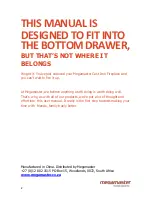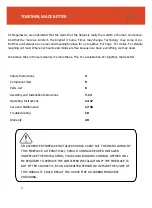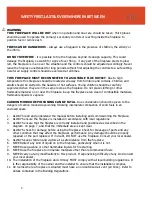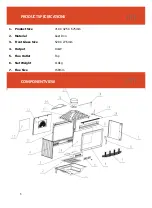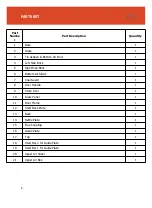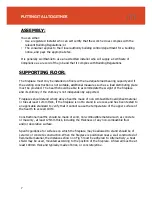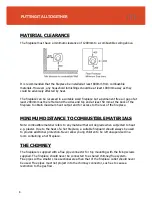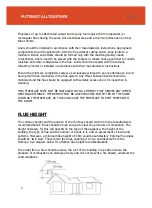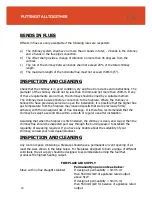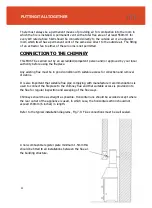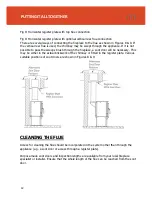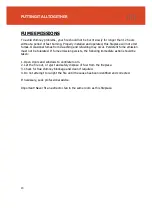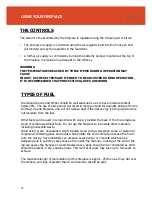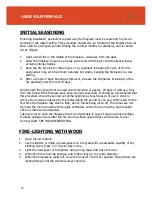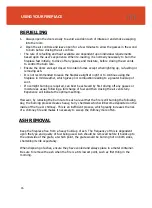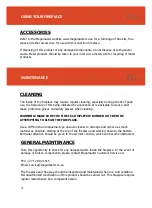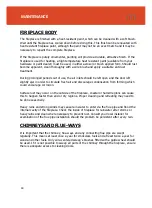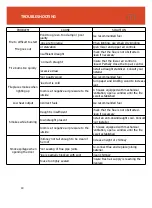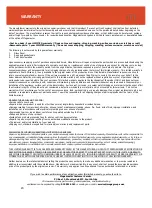
USING YOUR FIREPLACE
16
REFUELLING
1. Always open the doors slowly to avoid a sudden rush of intake air and smoke escaping
into the room.
2. Open the air controls and leave open for a few minutes to allow the gasses in the wood
to burn before closing the air controls.
•
The rate of refuelling and heat available are dependent upon individual requirements
based upon the user’s experience. When re
-loading, it is normally necessary to burn the
fireplace fast initially, to drive off any gasses and moisture, before closing the air vents
to control the burn rate.
•
Ensure the doors are kept closed to contain fumes except when lighting up, re-fuelling or
removing ash.
•
It is not recommended to leave the fireplace alight at night or to continue using the
fireplace in mild weather, which gives poor combustion leading to a greater build-up of
soot.
•
If overnight burning is required, can best be achieved by first driving off any gasses or
moisture as usual, following a full charge of fuel and then closing the air vents fully.
Experience will indicate the optimum setting.
However, by reducing the burn rate to such a level that the fire is still burning the following
day, the burning process creates heavy, tarry chemicals which will become deposited on the
inside of the flue or chimney. This is an inefficient process, which greatly increases the risk
of a chimney fire and makes it necessary to sweep the chimney more often.
ASH REMOVAL
Keep the fireplace free from a heavy build-up of ash. The frequency of this is dependent
upon the type and quality of fuel being used. Ash should be removed before it builds up to
the underside of the grate, at which point, the grate would be burning hot on both sides,
shortening its life expectancy.
When disposing of ashes, ensure they have cooled and always place in a metal container.
Be sure to remove the ash when the fire is at its lowest point, such as first thing in the
morning.

